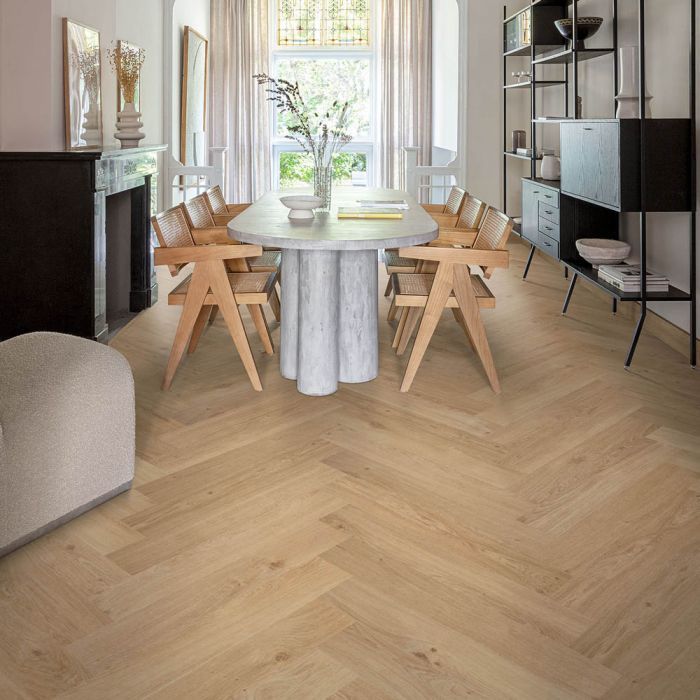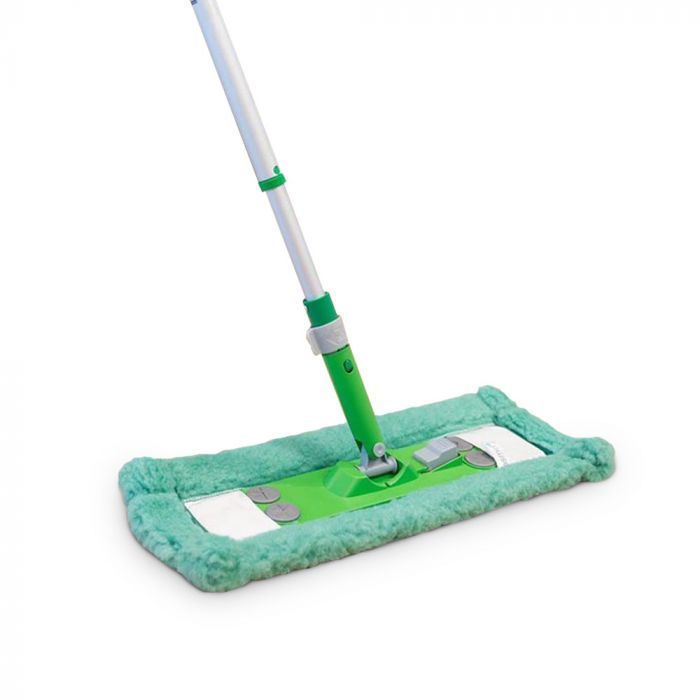If you already have underfloor heating or are thinking about getting it, then you will want to know which floors are compatible. There are different types of underfloor heating systems: electric and water. Although they work in slightly different ways, they both heat the floor from underneath. It is really important that you know which floors can and can’t be used with underfloor heating system.
Some types of flooring have been specifically designed and tested to ensure that they can cope with the constant changes in temperature. If you use the wrong type of flooring then it may become damaged and irreparable as it will not be able to withstand the heat from underneath. Here are some types of flooring that we would recommend using with underfloor heating:
Underfloor Heating and Hardwood Flooring
If you have underfloor heating and want hardwood flooring then you must use engineered hardwood. Engineered hardwood has been designed and made in such a way to give the planks of flooring dimensional stability. This stability will allow your floor to expand and contract with the daily changes in temperature from underfloor heating. Never use solid wood flooring with underfloor heating. because planks of solid wood are not stable enough to deal with the changes in temperature and can become severely damaged.
Engineered hardwood flooring looks exactly the same as solid wood flooring once you have installed it. The top part of the floor is made from solid wood, but the underneath has base layers which give strength and stability. You will easily be able to find an engineered hardwood floor to complement you are or space. There are many different species of wood, grain patterns, colours, plank sizes and surface finishes to choose from.
If you want to find out more about engineered hardwood flooring have a look at Guide to Engineered Wood Flooring. 
Underfloor Heating and Laminate Flooring
Most good quality laminate floors can be used with underfloor heating, but it is best that you check with the manufacturer first. You will also need to use a specific underlay designed to help with heat transfer. Laminate flooring, can often be mistaken for real wood, but it is actually a synthetic floor covering. It has been designed to look like wood grain or stone tiles. Although it can look like wood, it does not contain any real wood at all. It is made from synthetic layers and finished with a high quality photograph of wood (or stone).
Why not have a look at our range of laminate floors that are compatible with underfloor heating. Over the years, the development of laminate flooring has given us high quality designs combined with versatility. Most laminate floors are water resistant and scratch resistant. Some are even fully waterproof. To find out more about how it is made and the advantages of having laminate, read our article: What is laminate flooring?
Underfloor Heating and Luxury Vinyl Flooring
Luxury Vinyl flooring or LVT has been designed to replicate the look of stone, wood or ceramic tiles. The flooring is made from multiple layers, topped with a finely printed vinyl layer with the chosen pattern or design. LVT is extremely robust and hardwearing and can be used with underfloor heating. It has the built in ability to cope with the fluctuations in temperature caused by any type of heating. If you are thinking about having LVT, you will be getting a truly versatile and practical floor that looks like a natural product. LVT is becoming more and more popular with homeowners because it offers a resilient and durable floor, without having some of the drawbacks that can come with a natural product.
There are many different styles and patterns to choose from and it is easy to look after once installed. For more information, have a look at our guide: What is Luxury Vinyl Tile (LVT)?
Underfloor Heating and Bamboo Flooring
Bamboo flooring is a perfect match for underfloor heating. Its natural properties help it to retain and transfer the heat effectively. Bamboo flooring is stable and able to withstand the changes in temperature. Most types of bamboo flooring are compatible with underfloor heating systems, but it is advisable to check with the manufacturer first. Bamboo flooring is a great alterative to wooden flooring. It is still a natural floor covering but it is more sustainable than wood, and some types (strand woven bamboo) are twice as hard as Oak flooring.
Bamboo flooring is becoming more popular as it can be found in different colours, grain patterns and plank sizes. If you want to find out more, have a look at our Beginners Guide to Bamboo Flooring.

Tips for using Underfloor Heating
• Decide which underfloor heating system is best for you. Either water based or electrical.
• Always have your underfloor heating system fitted by a professional.
• The whole room or area should have under floor heating, not just part of it. Otherwise your floor may become damaged as it will be heating to different temperatures.
• If you are using an underlay, make sure it is one that it specifically designed for underfloor heating systems.
• If your underfloor heating is new, make sure the screed has fully dried and been tested correctly with a moisture meter before laying your floor.
• Check with the flooring instructions on the correct way to install your particular flooring over underfloor heating.
• Never use nails or screws during the installation of your floor. They could puncture the underfloor heating pipes.
Always leave an expansion gap of at least 10mm around the edge of the room, when fitting your flooring.
Never exceed the maximum temperature, as outlined in the underfloor heating and flooring guidelines.
The maximum surface temperature of your wood or bamboo floor should not exceed 26ºC.









